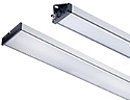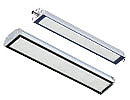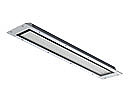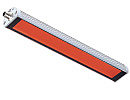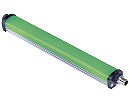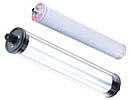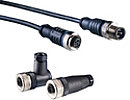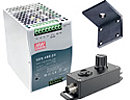Light
Light colour
The light colour, also called colour temperature, is specified in Kelvin. The higher the Kelvin number, the colder the light is perceived. In trade and industrial environments, lighting usually has colour temperatures between 3,000 K and 6,500 K, depending on the application and requirements.

Total luminous flux = Lumen [lm]
Lumen, with the unit symbol lm, is the unit of the total luminous flux of a luminaire or the module that is used. The total luminous flux is a measure of the total amount of light emitted in all spatial directions.
Real lumen
Real lumen is the actual measured brightness of the entire luminaire.
Lumen is the basic unit of luminous flux. Manufacturers of incandescent lamps, fluorescent tubes or LED chips usually specify the value of the total luminous flux of the light source in the technical data sheets. This clearly defines the luminous flux (lumens) to be expected.
Due to the laboratory measurement procedures of the light manufacturers, the lumen values stated in the data sheets are not reached in reality. In addition, any other material in the path of the light emitted (diffusers, covers, glass panes) further reduce the light.
Real lumens are the actual lumens measured and emitted from the luminaire on the product. We are not talking about a theoretically calculated value or scaled value based on data sheet lumens of the LED chips, but about measured and certified values. LED2WORK generally indicates real lumen for its luminaires.
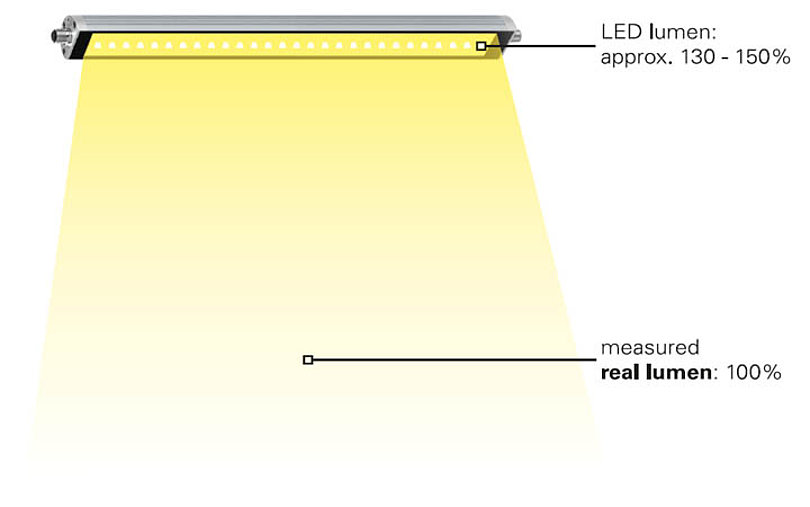
Lighting intensity = Lux [lux]
Lux, with the unit symbol lx or Lux, is the unit of lighting intensity of a luminaire or of the module that is used. The lighting intensity is a measure of the amount of incident light from a light source on an area of 0.5 m² or 1 m².
Isolux diagram
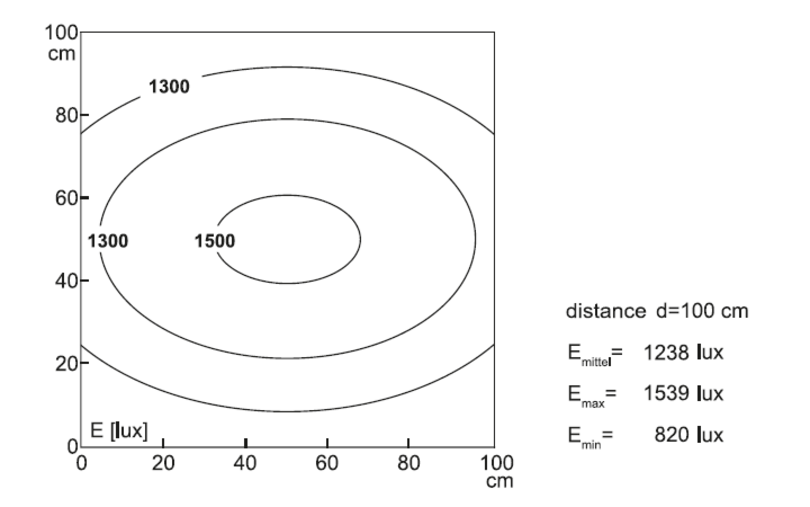
An Isolux diagram describes the light distribution of the luminaire over a defined area, usually 100 cm x 100 cm with a luminaire distance of 100 cm. The values given for E max describe the maximum Lux value to be achieved in the centre of the surface. The value E min describes the minimum value on the surface and the value E average indicates the average value of all measured values on the surface.



